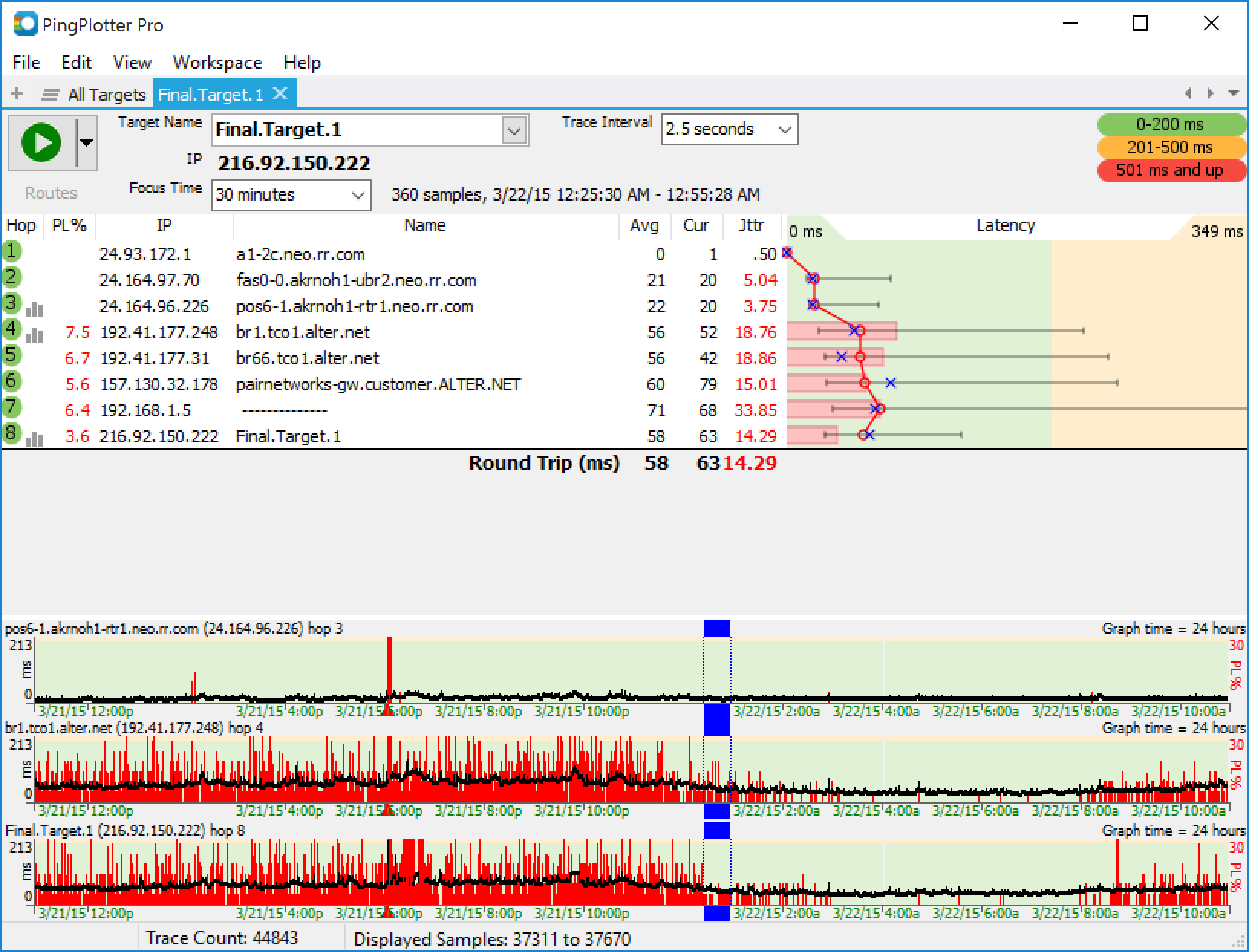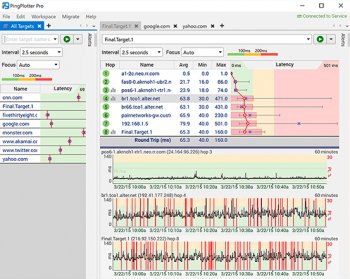
The "Events" specify what action(s) will happen. The "Alert" part specifies the conditions and serves as a container for the events. Any number of events can be created with an alert – so that when some conditions occur, something happens. Tying the alert to a target that you're monitoring.Įvents go hand in hand with alerts.Specifying the Event(s), or what you want PingPlotter to do when your alert(s)s are triggered.Setting up the Condition that will trigger the alert.

There are a whole variety of things you can do with alerts and events.Īlert setup can at first seem confusing, but it involves these four steps He set up an alert that launched an executable that then communicated with a device attached to his computer to reboot the cable modem when alert conditions were met. One user had hardware problems with his cable modem. If you're trying to show your ISP there's a problem, you might log the data to a file so you have records of every time it happened over a time period. WAV file (if you're usually within hearing distance) or both. You can send an email alert, maybe play a. You can attach an alert within PingPlotter to that IP address so that you receive an email alert if the last 10 of 10 sample requests are lost.Īnother possible alert condition to check for is if the average for the last 10 samples is above 500ms (or any other number).

The things you can do with an alert are:įor example, let's say you need to know when a destination you're monitoring stops responding. Alerts basically monitor the conditions of a specific IP address, and then do something when those conditions exceed a specific range.


 0 kommentar(er)
0 kommentar(er)
